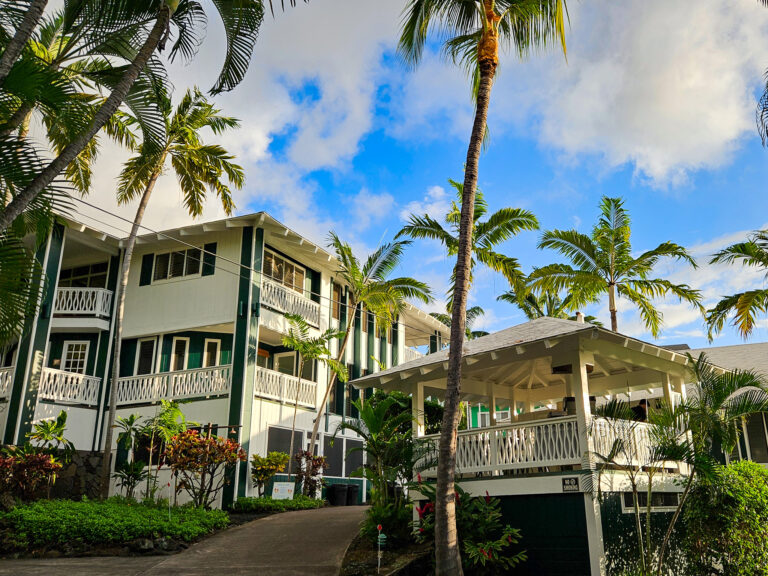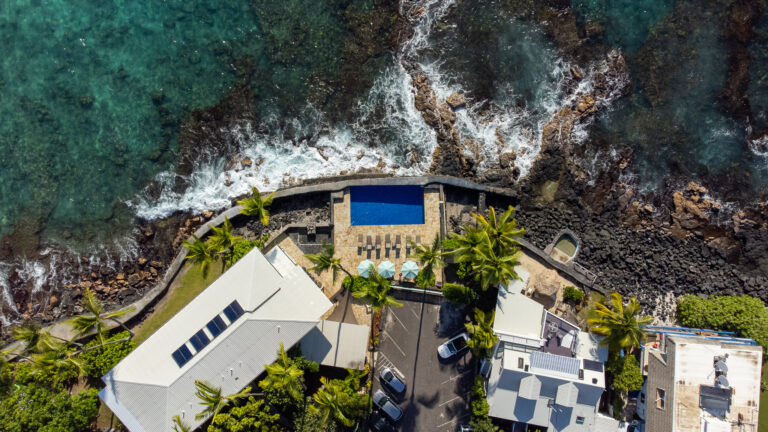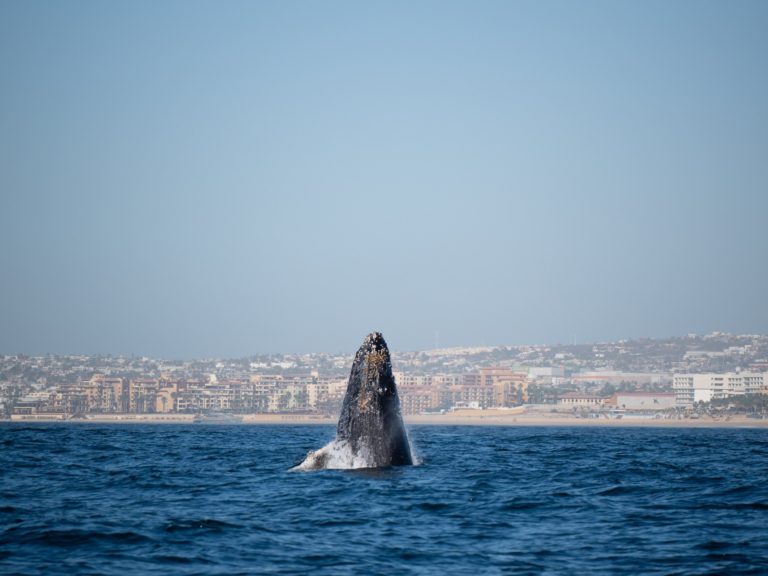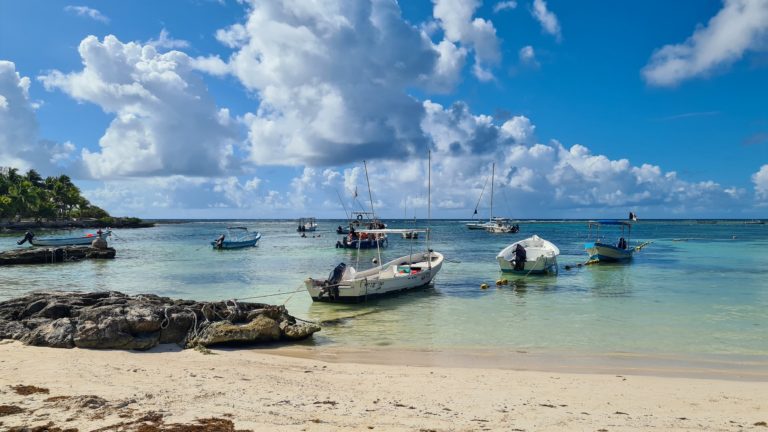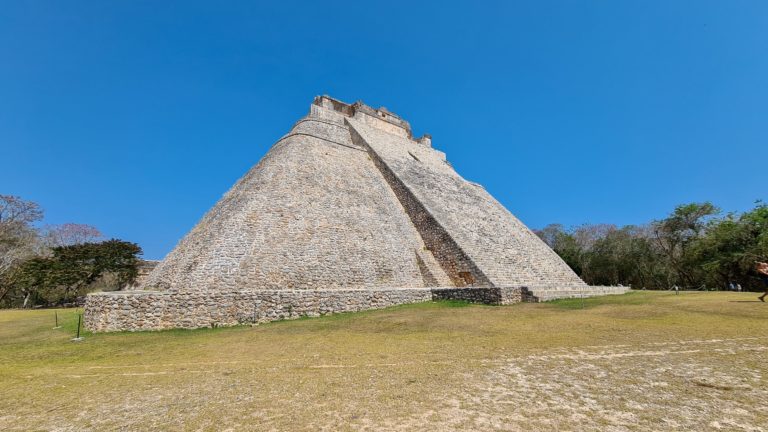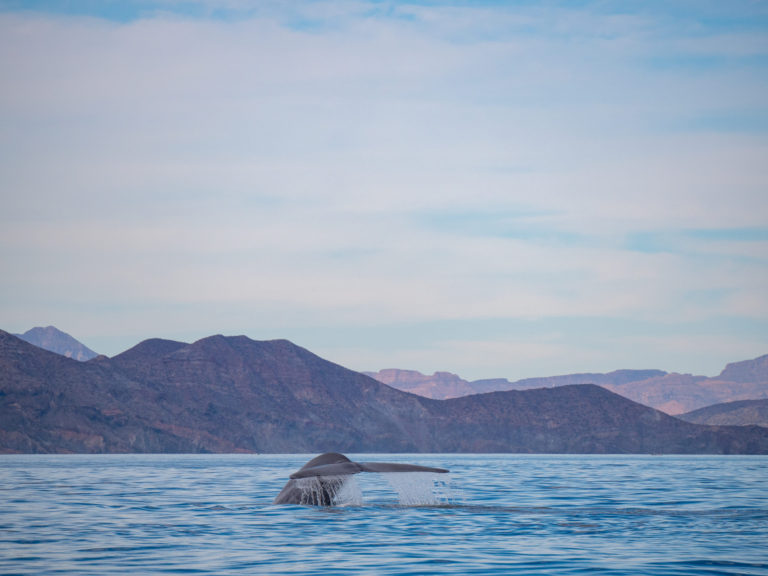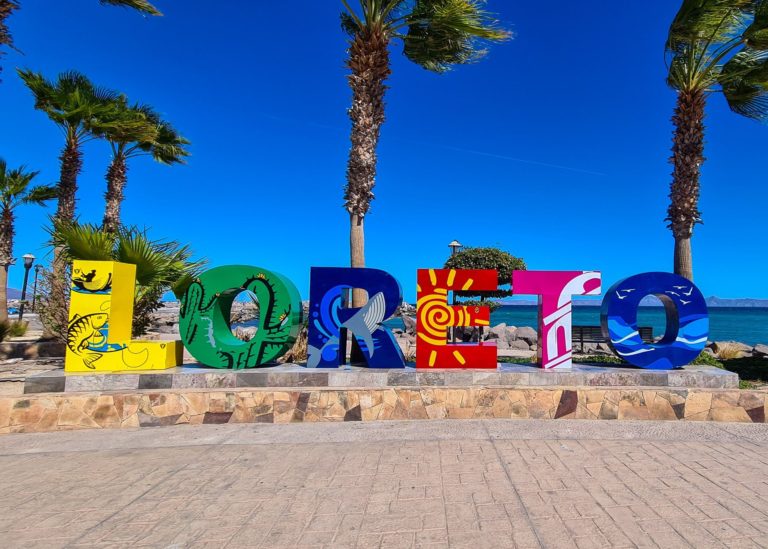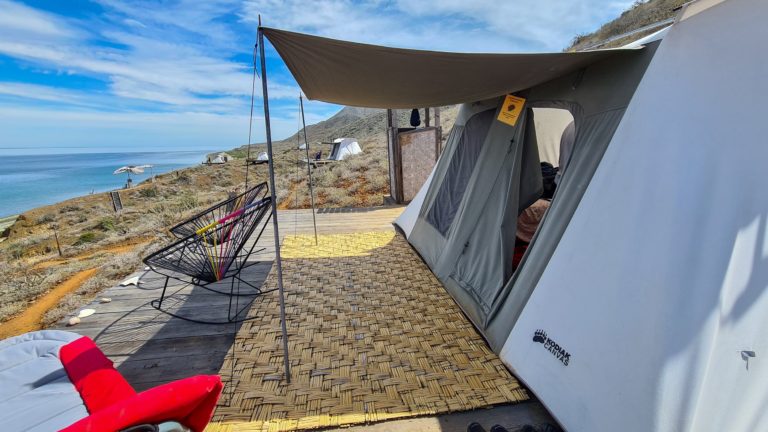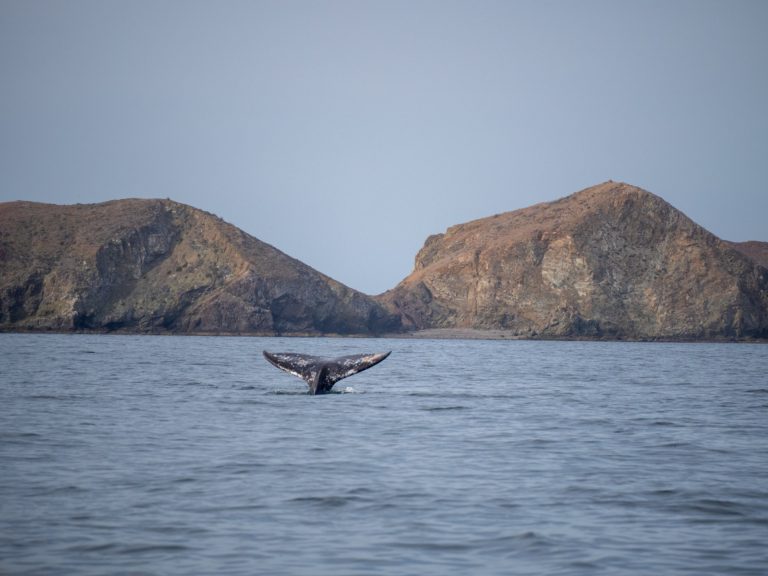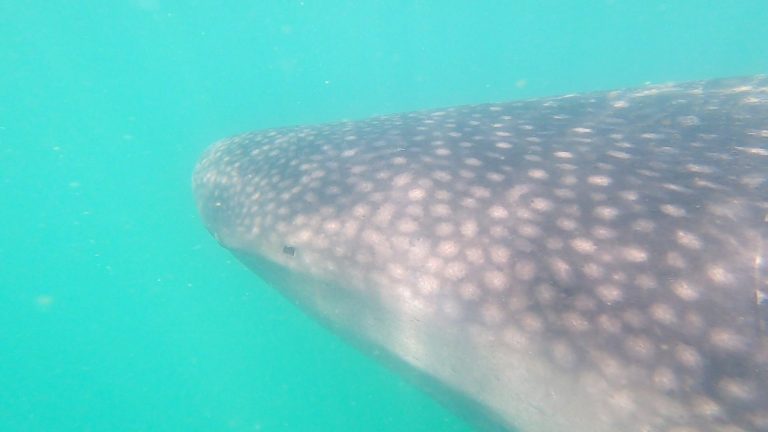Ethical Wildlife Tourism in Hawaii
A discussion on wildlife tourism in Hawaii with a focus on the treatment of dolphins, turtles and manta rays.
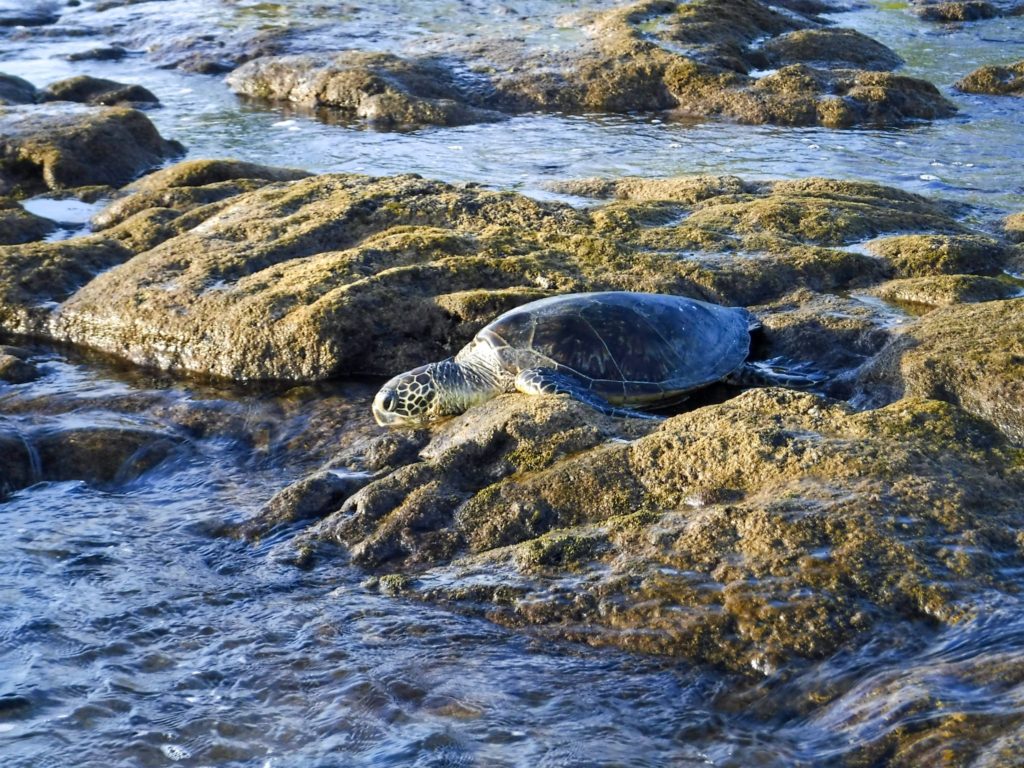
This post may contain affiliate links, which means we might earn a small commission on anything purchased through these links at no extra cost to you. Learn more on our disclaimer page.
In 2018, we visited Hawaii’s Big Island. While our trip to Hawaii was a dream, there were some aspects that encouraged us to think a little more deeply about our actions and responsibility as tourists. Hawaii has a lot of rules in place to protect the land, people and animals but we unfortunately still witnessed instances where tourists put their experiences above the welfare of the local wildlife. This sparked a discourse between us about ethical tourism, particularly in relation to 3 animals: dolphins, sea turtles and manta rays. We’d like to share those thought with you, in the hopes of broadening the discussion on ethical wildlife tourism in Hawaii.
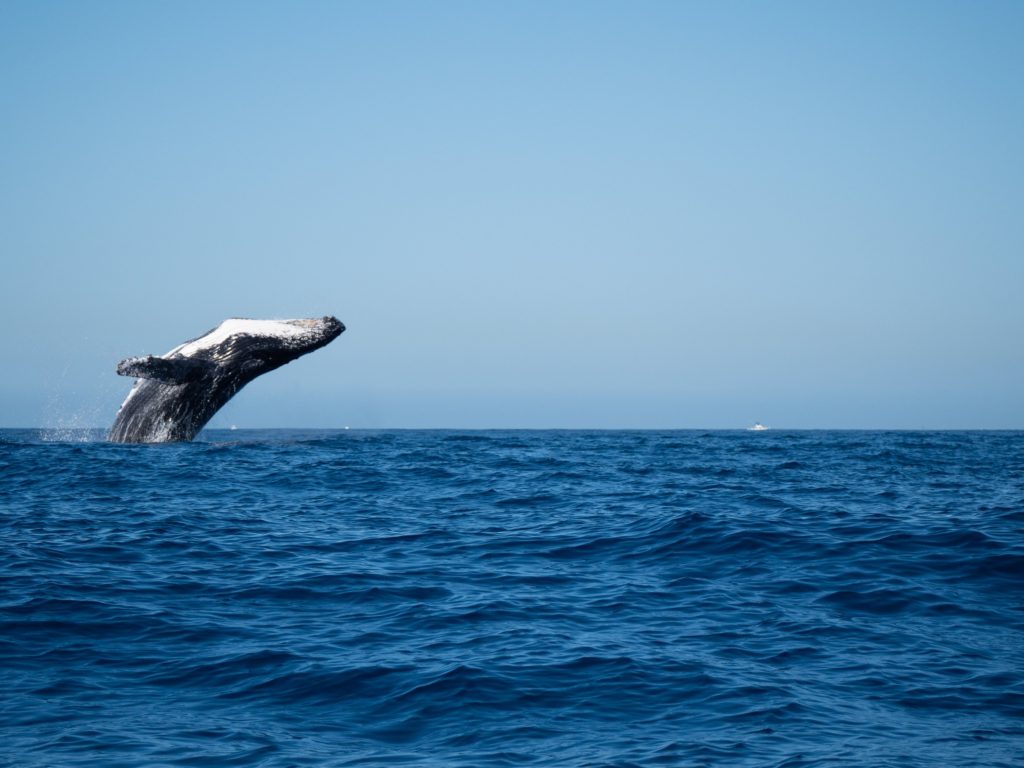
Read next: Let’s Talk About Ethical Wildlife Tourism
Dolphins
If you were a dolphin-lover as a child, like Lucy, you’d have had a windowsill of ceramic dolphin ornaments, dolphin jewellery and a multitude of clothing with dolphins on. Known as Naiʻa in Hawaiian, dolphins are universally beloved and, for many, seeing one could be the dream of a lifetime.
Four kinds of dolphins can be found around Hawaii: pacific bottlenose dolphins, rough-toothed dolphins, spotted dolphins and spinner dolphins, of which the latter are the most common. And there are a number of companies in Hawaii that offer swimming with dolphin boat trips. While this may sound like the highlight of your holiday, unfortunately these can be incredibly harmful to the dolphins. Human interaction with dolphins can interrupt their well-needed rest and disturb their natural behaviours. Hawaii’s spinner dolphins rest during daylight hours and feed during the night. They need this period of uninterrupted rest to ensure they have enough energy for fishing and that they have their wits about them.
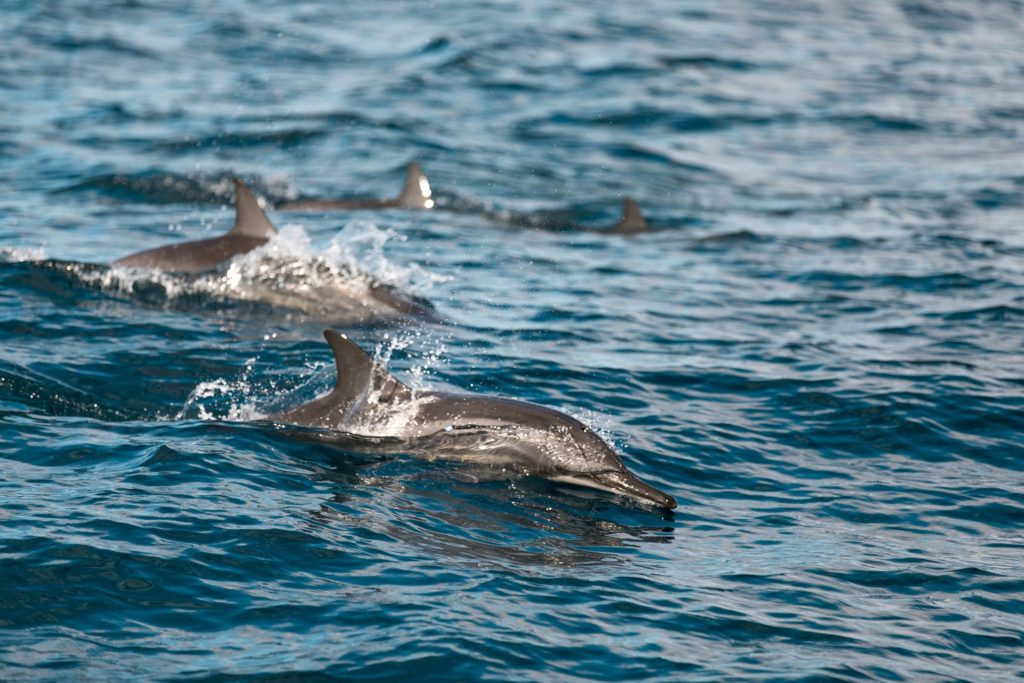
We were lucky enough to spend two mornings watching spinner dolphins perform flips, slaps and spins in Ōneo Bay, Kona, during our trip. It was a truly magical experience and one we hope everyone has the opportunity to have themselves. On the second morning, we were disheartened to see a boat chase up to where the dolphins were playing and a group of people got out into the water with them. To make matters worse, another boat approached from the far side of the bay, blocking the dolphins off on two sides. The boats and swimmers were uncomfortably close to the pod and we were so disappointed that, to these people, the experience of swimming with dolphins was simply more important than the wellbeing of the dolphins themselves.
There is another possibility, of course: the swimmers were just ignorant of how damaging their actions could be to the dolphins. Watching this raised several questions for us:
- Is it ethical to swim with dolphins?
- How can we experience Hawaii’s dolphins without harming them?
- Why are Hawaii’s dolphins not more protected?
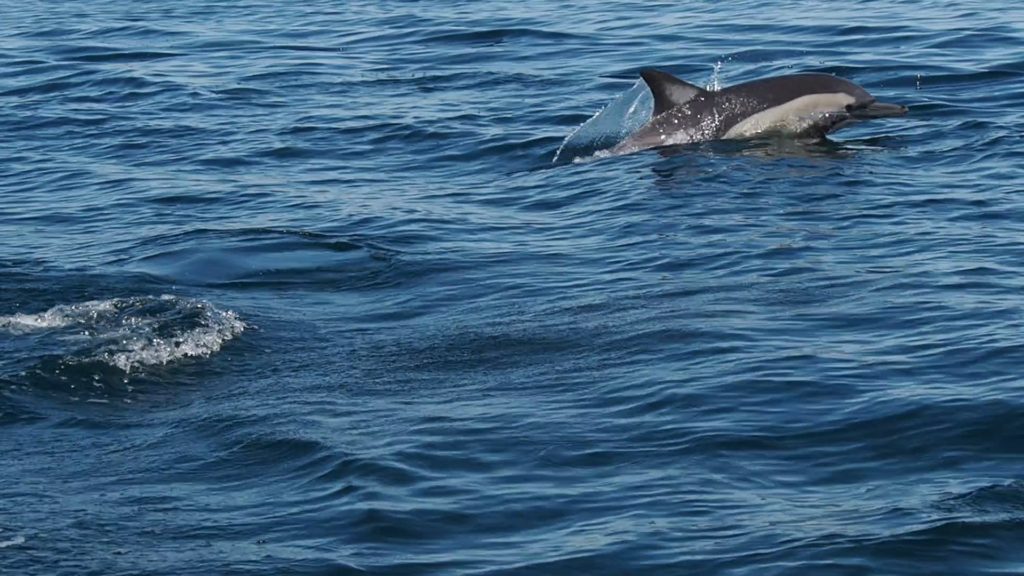
Is it ethical to swim with Hawaii’s spinner dolphins?
On Big Island, Hawaii’s spinner dolphins rest in the shallow and sandy-bottom bays along the west coast, which provide them shelter from predators. This is also where most interactions with humans occur as these bays are popular snorkelling spots. But, as human interaction can be harmful to dolphins’ rest, the natural conclusion is that:
Swimming with dolphins = detriment to the dolphins = an unethical experience.
For this reason, we’d actively encourage you not to book onto any kind of tour that offers the opportunity to swim with dolphins in Hawaii. unfortunately there are still tours available online that offer these kinds of interactions in Hawaii. Swimming with dolphins in Hawaii is not an ethical experience as it is detrimental to the species’ rest and feeding patterns. The only exception to this would be if you were snorkelling in the water and happened to be joined by a pod of dolphins. Even then, you need to keep the legal and mandated distance as much as you can.
How can we experience Hawaii’s dolphins without harming them?
But don’t be disheartened! This doesn’t mean you can’t see dolphins in Hawaii. We’ve listed all the best places to spot dolphins in Hawaii, without causing them harm.
From the shore:
Spinner dolphins are creatures of habit and often return to four bays where they socialise and rest during the day. If you visit in the morning or late afternoon you may spot a pod swimming in or out of these bays or along the coast. The four bays are:
- Makako Bay
- Kealakekua Bay
- Honaunau Bay
- Kauhako Bay
Spinner dolphins can also often be spotted in Ōneo Bay, Kona. We saw them two days in a row at 7:00 from the Royal Kona Resort and they put on a fabulous display each time.
Spotting dolphins from shore can take patience – every wave will look like a dorsal fin until you actually see one. We always say: everything looks like a dolphin until you see a dolphin. Take a pair of binoculars if possible and lots of water and snacks.
From a boat:
It’s also totally possible that dolphins may join you when you’re on or in the water. You can hire a kayak from Nāpō’opo’o Pier or Manini Beach and paddle into Kealakekua Bay, where they are often spotted. It’s possible dolphins may join you during this activities, but we wouldn’t recommend actively seeking them out.
You also have a high chance of seeing dolphins on a whale watching tour. Be sure to book with an eco-conscious company who will respect the whales and dolphins by keeping a safe distance and not chasing them. Humpback whales migrate to Hawaii between November and April and you can join a whale watching tour on the east or west coast of Big Island. From Hilo, you can join a Small-group whale Whale Watching Tour for your chance to see migrating humpback whales and spinner dolphins. Or choose a Whale Watching Cruise from Kona.
In the sea:
Booking onto a snorkel tour and looking out for dolphins on the way to and from the snorkel spot is a great way to see dolphins without seeking them out.
From Kailua-Kona: We’d highly recommend booking an eco-certified sightseeing and snorkel tour with Sea Quest. They have a large range of destinations they offer snorkel tours to and your chances of seeing dolphins from their boat is always high. Their tours visit iconic sites including including Pu’uhonua O Honaunau & Kealakekua Bay, South Kona and Captain Cook’ Monument. Each tour includes all your gear, snacks or lunch and sightseeing along Kona’s coastline with a knowledgeable guide. Their boats are smaller than competitors too, so groups are kept small for a more personalised experience.
From Hilo: You can join a Guided Snorkel Tour, where you can snorkel in pristine waters on a colourful coral reef. On the way to and from your snorkel spot, you’ll keep an eye out for dolphins and hopefully see up to hundreds of spinner dolphins playing around your boat.
Occasionally, snorkellers are joined by dolphins for a once in a lifetime experience. Just remember to follow National Oceanic and Atmospheric Administration (NOAA) guidance if you do get lucky and are joined by dolphins during a water-based activity.
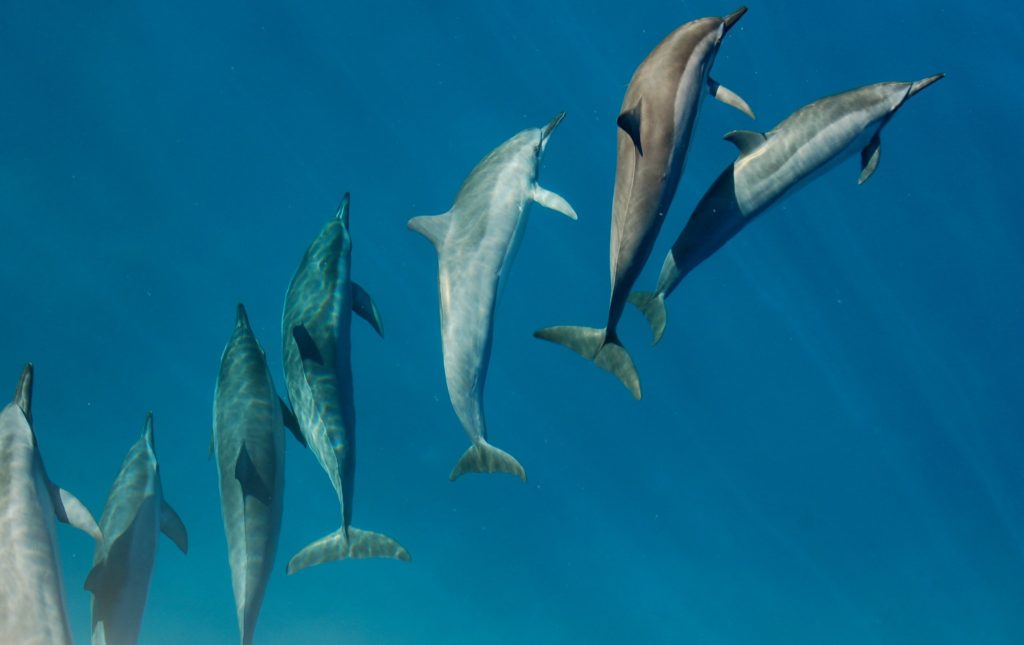
Why are Hawaii’s dolphins not more protected?
We were really pleased to learn that a new rule under the Marine Mammal Protection Act now prohibits approaching, swimming with or remaining within 45 metres (50 yards) of Hawaiian Spinner Dolphins in the wild. This should hopefully limit some of the detrimental behaviours we saw during our trip. The NOAA has also launched a new programme called Dolphin SMART. The partnership program lies out a set of Dolphin SMART criteria and, if businesses can demonstrate their support for dolphin conservation, they are rewarded Dolphin SMART certification. You can search businesses registered with Dolphin SMART flags and decals displaying the current year here.
While organisations are doing all they can to protect Hawaii’s dolphins, responsibility ultimately lies with us. We’d encourage you to consider the impact of your actions whenever you travel and choose ethical tours and experiences. Don’t support companies who run tours that harm wildlife and always consider your own actions and their impact.
If you really want to swim with wild dolphins, read our article about Swimming with Wild Dolphins on Australia’s Kangaroo Island, where we talk about our experience swimming with bottlenose dolphins in a propeller-free zone with Advanced Eco Certified Kangaroo Island Marine Adventures – at no expense to the dolphins!
Read next: Swimming with Wild Dolphins on Australia’s Kangaroo Island

Sea Turtles
Of course, dolphins aren’t the only animals that need respecting during a trip to Hawaii. Sea turtles receive a lot of attention from tourists too. There are three species of turtle (known to Hawaiians as Honu) found around Big Island: Green, Hawksbill, and Leatherback.
Unfortunately, turtles now face many serious threats, including bycatch, loss and degradation of nesting habitats, poaching, marine debris and vessel strikes. 6 of the 7 species of sea turtle are classified as threatened or endangered and, with only 1 in 1000 babies making it to adulthood, the odds are already stacked against their survival.

Is it ethical to swim with Hawaii’s sea turtles?
It’s perfectly ethical to watch turtles, on land and in the sea, if you’re respectful. If you’re lucky enough to come across a turtle on the beach or in the sea, there are a few rules to bear in mind:
- Always stay at least 3 metres (10 feet) away.
- Never chase or touch a turtle. There is a fine of $1,000 to $10,500 for touching turtles.
- Don’t block the way they came.
- Don’t feed them.
Marine Life Viewing Guidelines exist to protect animals and ensure your safety. It’s always important to keep your distance and never touch an animal. Scientists have found evidence that sea turtles being touched by humans doesn’t just lead to stress-related injuries, but also can lead to bacterial infections and even cancerous tumours. Crowding a turtle, touching it, chasing it, harassing it or feeding it can be incredibly harmful and would be an unethical wildlife encounter. But watching respectfully from a distance can be an ethical and incredibly rewarding experience.
Read more about the warning signs of unethical wildlife encounters: Let’s Talk About Ethical Wildlife Tourism
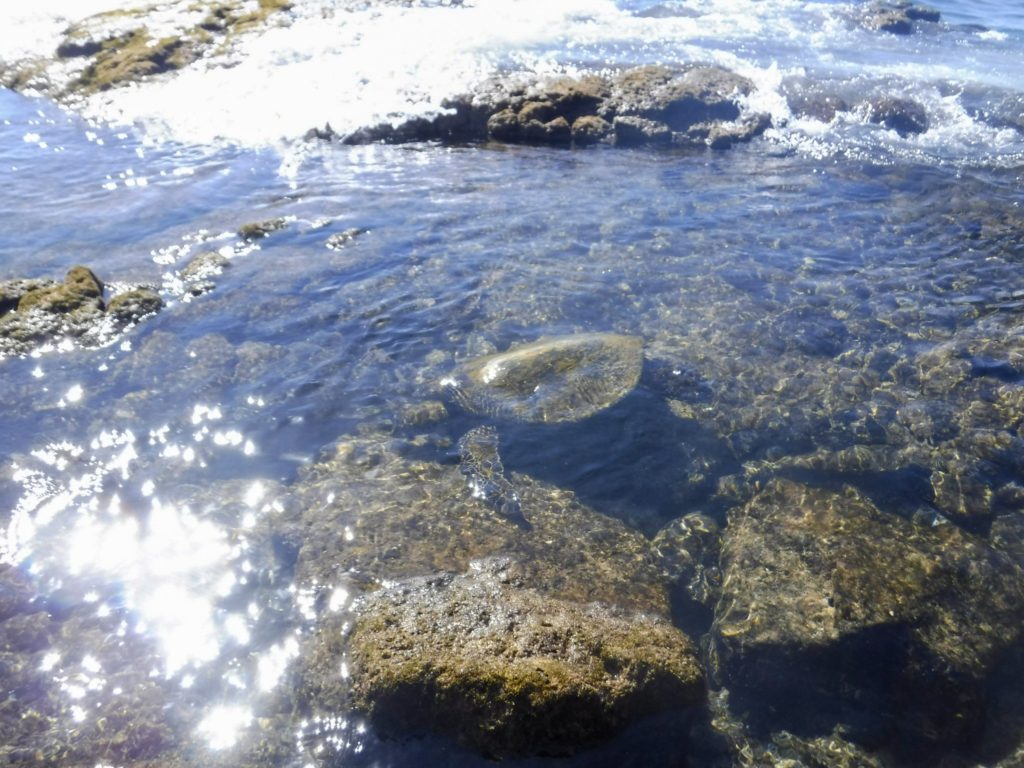
How can we experience Hawaii’s sea turtles without harming them?
It’s totally possible to see turtles on land and swim with turtles without harming them.
A few of the best places to spot sea turtles on Big Island include:
- Kahalu’u Beach
- Ka’upulehu Beach
- Carlsmith Beach Park
- Richardson Ocean Park
- Punalu’u Black Sand Beach
If you’re on a beach or snorkelling and are joined by a turtle, keep your distance and enjoy the experience. If you’re unsure or would like some more guidance, consider joining a guided snorkel tour.
Taking a snorkel or SCUBA tour with an eco-certified company, who will put your safety and the animal’s wellbeing first, is one of the most ethical ways to see Hawaii’s turtles. From Hilo you can book a Sea Turtle Lagoon and Black Sand Beach Snorkel with Hilo Ocean Adventures, a local, family-owned company with a mission to protect, sustain and embrace the aina (Hawaii’s land). As a dive company, they understand the importance of respecting marine flora and fauna. They also offer a range of dive trips, including a 1-Tank Certified Beach Dive at Sea Turtle Cove. While turtles can also be seen on snorkelling trips in Kona, including at Pu’uhonua O Honaunau & Kealakekua Bay, South Kona and Captain Cook’ Monument.
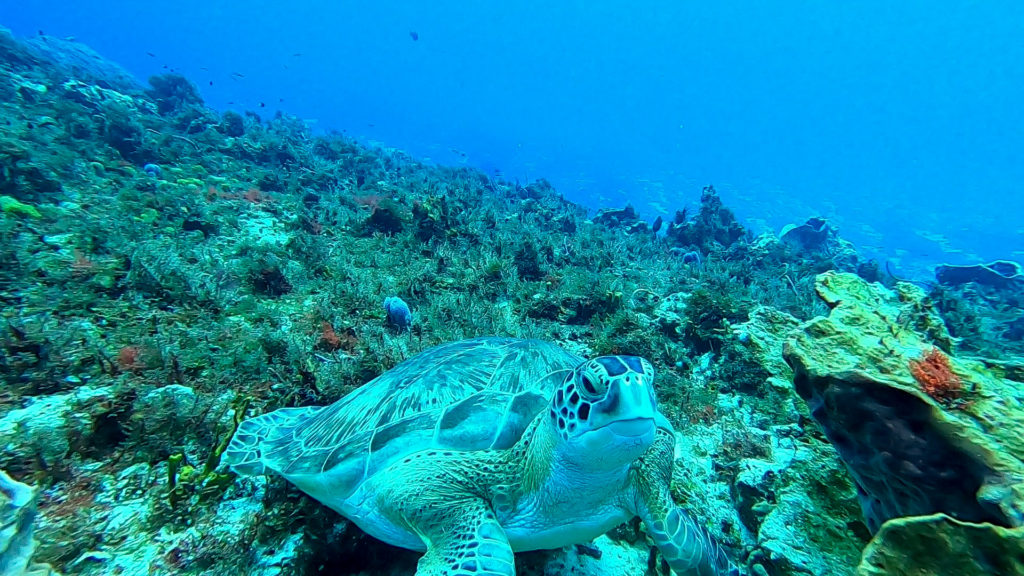
Manta Rays
The final wildlife experience that got us thinking about ethical tourism in Hawaii is the night-time manta ray snorkel and dive. This is a really popular tour and the highlight of some people’s trip to Hawaii. Manta rays are large rays that can reach a width of 7 metres (22ft) from the tips of the wings across. Unfortunately, the International Union for the Conservation of Nature (IUCN) recently changed the conservation status of the giant manta ray (or oceanic manta ray) from Vulnerable to Endangered on the Red List of Threatened Species.
What is a night-time manta ray snorkel or dive?
Most manta ray night snorkel tours consist of a boat trip to one of three popular spots for seeing manta rays in Hawaii. Bright lights are projected down into the water to attract plankton, which is why these tours only operate when it’s dark. The manta rays are attracted by the plankton, which they come to feed on. During the snorkel tour you hold onto a stationary flotation device. This is to ensure the rays don’t get damaged by tourists swimming around. During the dive you sit on the ocean floor and watch the manta rays from below.
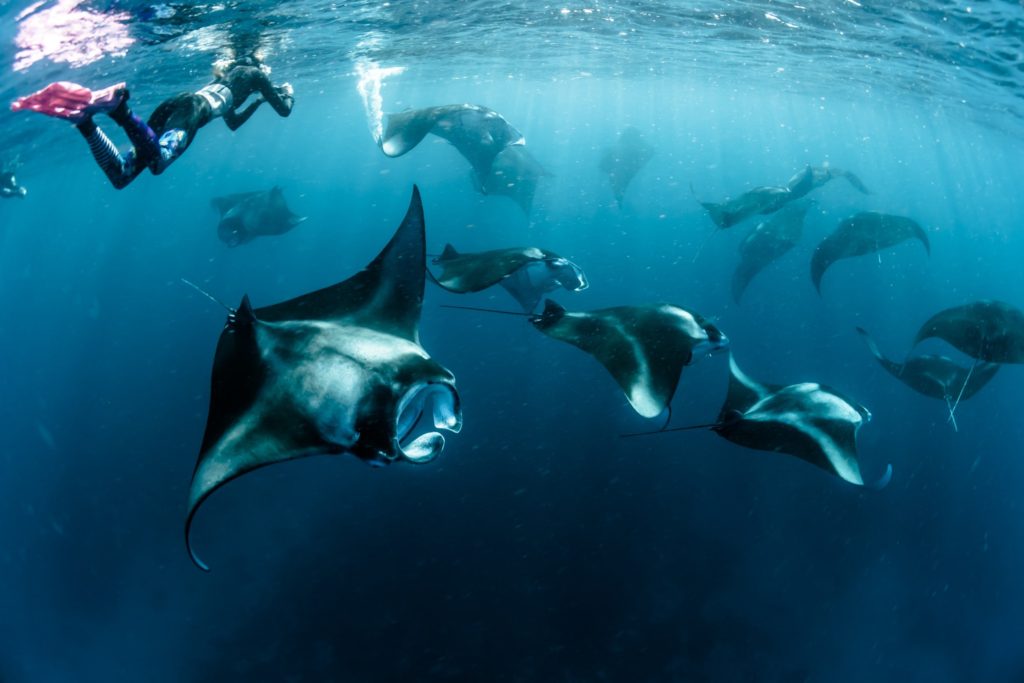
Is it ethical to swim with Hawaii’s manta rays?
Whether a manta ray snorkel or dive in Hawaii is ethical is inconclusive. There are strict Manta Ray Tour Operator Standards in place to protect Hawaii’s manta rays. But some tours care more for the welfare of the manta rays than others and don’t adhere to these rules and there seem to be very few repercussions. Visitors are encouraged to either hold onto a flotation device or sit on the ocean floor so they can’t swim at the manta rays as they feed. But we’ve still heard of the rays being kicked and touched despite this rule. Our main concern however it the long-term impact on the species.
Encouraging an animal to return to a feeding ground that isn’t natural can interrupt natural feeding and migratory patterns. Feeding skills may be lost and not handed down through the generations, as the species becomes dependent on an unnatural food source. And if that source ever disappeared, the species could starve.
While the night-time manta ray tours don’t feed the mantas, they do use lights to attract the manta ray’s natural source of food. The risk this could have to the of manta rays natural feeding behaviours over generations is inconclusive and concerns us.
Read next: Let’s Talk About Ethical Wildlife Tourism
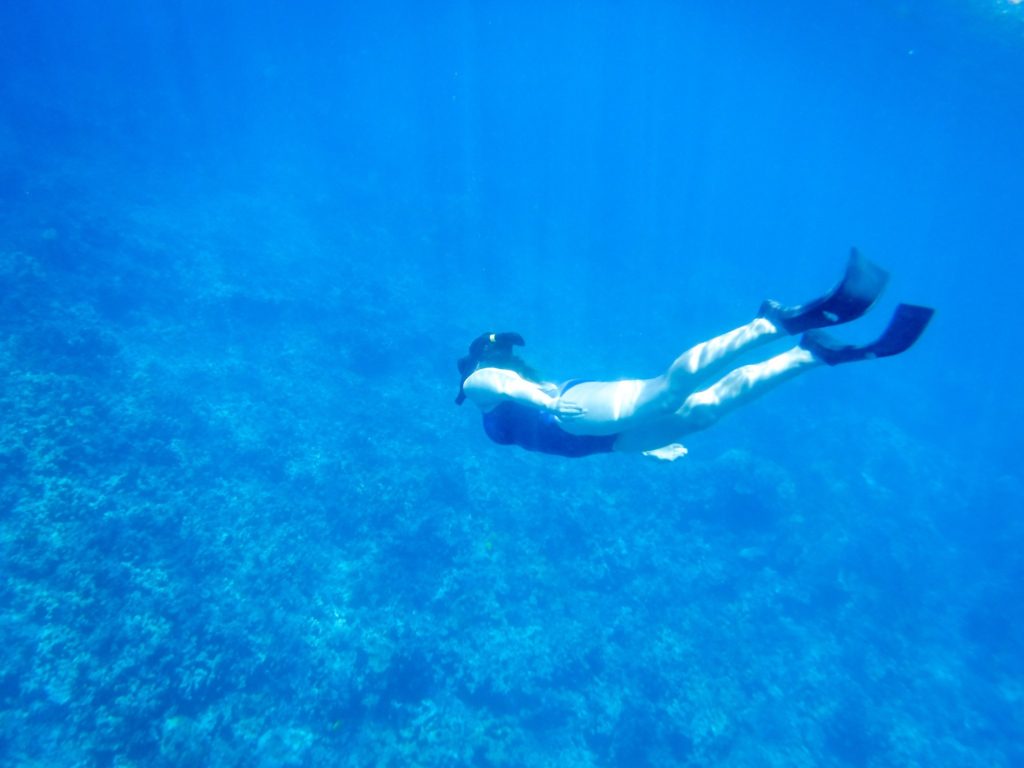
How can we experience Hawaii’s manta rays without harming them?
We’re not sure you can ethically swim with Hawaii’s manta rays, but if you really want to there are a few things we’d recommend to ensure your experience is as responsible as possible. If you decide to book a tour, book with a company on the Manta Ray Green List. These companies have been certified as safe and sustainable by the Hawaii Ocean Watch.
The four preferred activity providers are:
- Hawaii Oceanic
- Kona Diving Company
- Sea Paradise
- Torpedo Tours
And the following companies are Approved activity providers:
- Big Island Divers
- Jack’s Diving Locker
- Kona Honu Divers
- Kona Ocean Adventures
- Manta Ray Advocates
- Manta Ray Dives of Hawaii
- Ocean Spirit Diving
- Pacific Rim Divers
- Wahine Charters
If you’re super keen to book a tour, we’d recommend booking with Sea Paradise. As an eco-friendly, certified suitable tour company, they recognise the importance of protecting Hawaii’s ocean environment and are committed to incorporating the values of Hawaii Ecotourism Association’s principles of sustainable tourism within their tours. You can book a Snorkel with Manta Rays Tour with them, knowing they will do their best to protect the species from harm.
Alternatively, you can skip the experience this time around and wait until you’re in a part of the world where you can swim with manta rays in their natural environment, without the need for underwater lights. You can read PADI’s article Top 12 Best Places to Dive with Manta Rays to see where else in the world you can swim with manta rays ethically.
Final thoughts
We’re huge fans of marine wildlife and big advocates for ethical wildlife experiences. Before engaging in any activity, we’d encourage you to always do your research and make up your own mind. It’s important to consider the impact of your actions as you travel and choose ethical experiences. You can learn more about ethical wildlife experiences and how to avoid unethical situations here. We hope you found this discussion interesting, please feel free to get in touch with us to carry on the discussion.
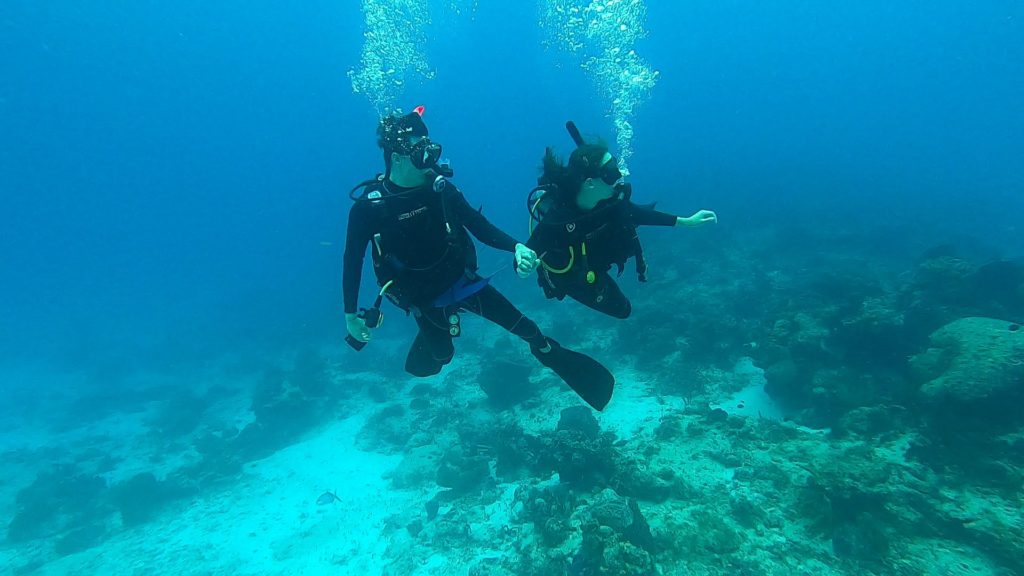
Read next:
The Thorough Guide to Snorkelling on Big Island, Hawaii
Let’s Talk About Ethical Wildlife Tourism
The Truth about Swimming with Turtles in Akumal, Mexico
Swimming With Dolphins (Ethically) on Australia’s Kangaroo Island
Everything you need to know about (Ethically) Swimming with Whale Sharks in La Paz, Mexico
Everything you need to know about (Ethically) Snorkelling with Sea Lions in La Paz, Mexico
